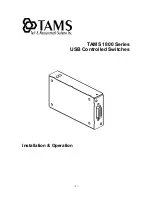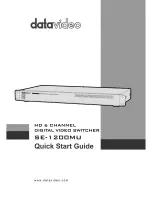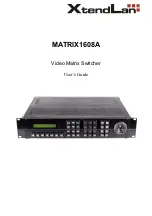
1.
RPF Check
The RPF check relies on unicast route or static multicast route. The unicast routing table
aggregates the shortest paths to each destination network segments, and the static multicast
routing table lists specified static RPF routing entries configured by the user manually. Instead
of maintaining certain unicast routing independently, the multicast routing protocol relies on
the current unicast routing information or static multicast routing in the network to establish
multicast routing entries.
When performing the RPF check, the router will look up the unicast routing table and the static
multicast routing table at the same time. The process is as below:
(1)
Chose an optimal route from the unicast routing table and the static routing table
respectively:
The router looks up the unicast routing table with the IP address of the packet source as the
destination address, and selects an optimal unicast route automatically. The output
interface of the corresponding entry is the RPF interface, and the next hop is the RPF
neighbor. The router will consider the traveling path of the multicast data sent from the RPF
neighbor and received on the RPF interface as the shortest path from the multicast source
S to the local network.
The router looks up the static multicast routing table with the IP address of the packet
source specified as the source address, and selects an optimal static multicast route
automatically. The corresponding entry explicitly specifies the RPF interface and RPF
neighbor.
(2)
Select one from the two optimal routes as the RPF route
:
According to the longest mask matching principle, the longest mask matching route between
them will be selected; if the two routes have the same mask, the route with higher priority will
be selected; if the two routes also have the same priority, then the static multicast route is prior
to the unicast route.
2.
RPF Mechanism Application
When the router receives multicast packets sent from multicast source S to multicast group G,
it will look up the multicast forwarding table at first:
(1)
If the corresponding entry (S, G) exists and the packet’s actual arriving interface is the
same as the input interface in the multicast forwarding table, the packet will be forwarded
to all the output interfaces.
(2)
If the corresponding entry (S, G) exists and the packet’s actual arriving interface is
different from the input interface in the multicast forwarding table, the router will perform
RPF check on this packet:
If the check result shows that the RPF interface is the same as the input interface in the
current (S, G) entry, which indicates that the (S, G) entry is correct and the packet from the
wrong path will be discarded;
267
















































